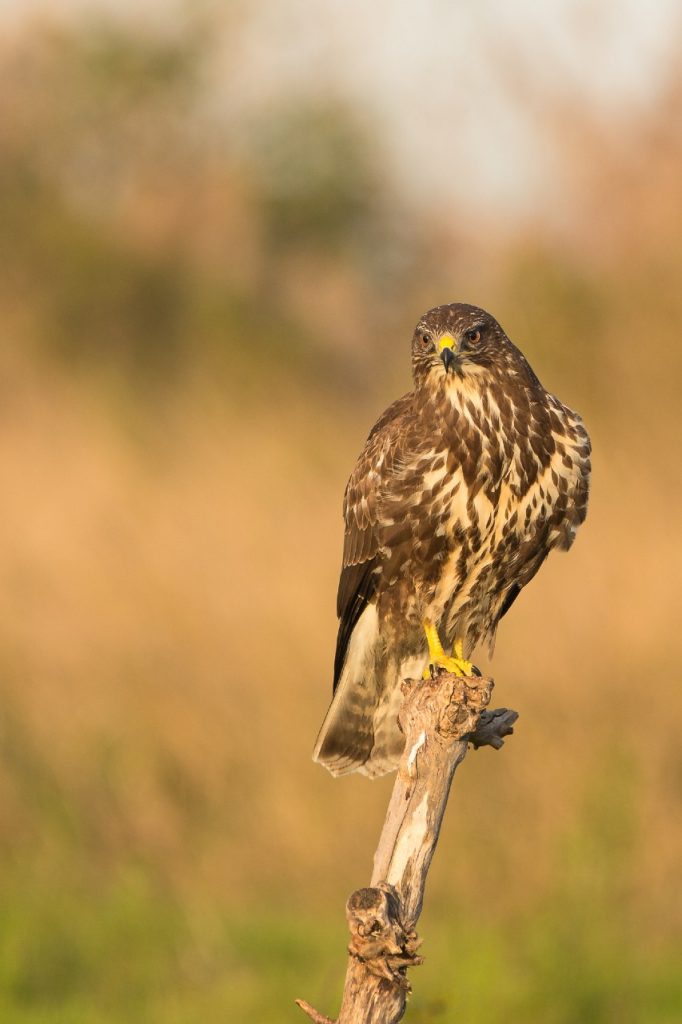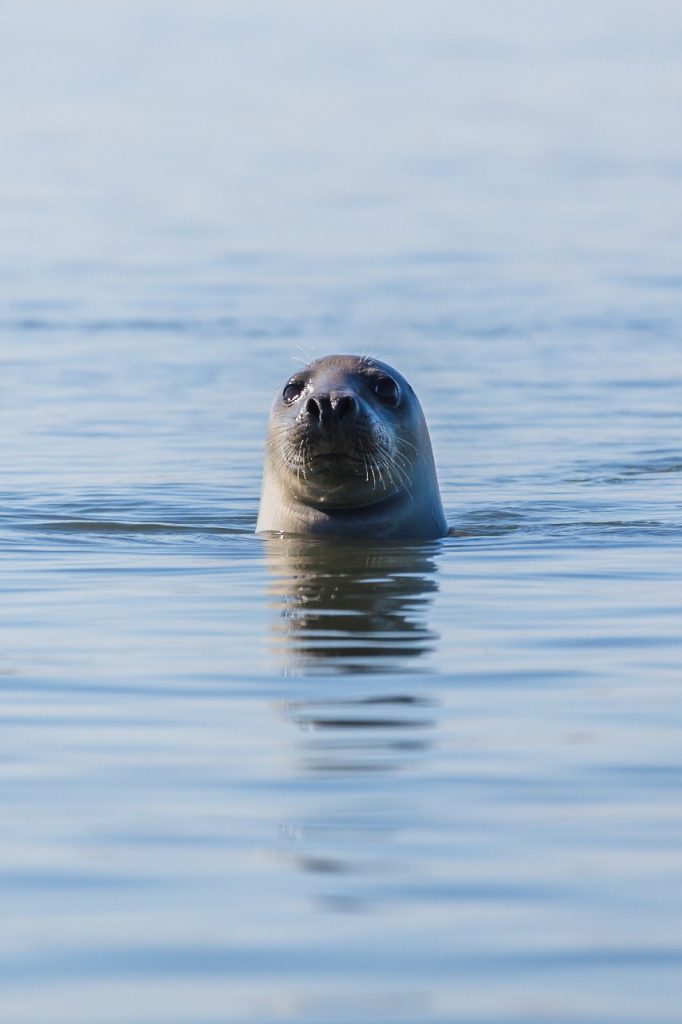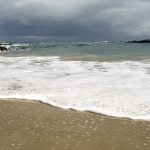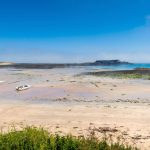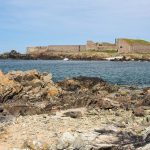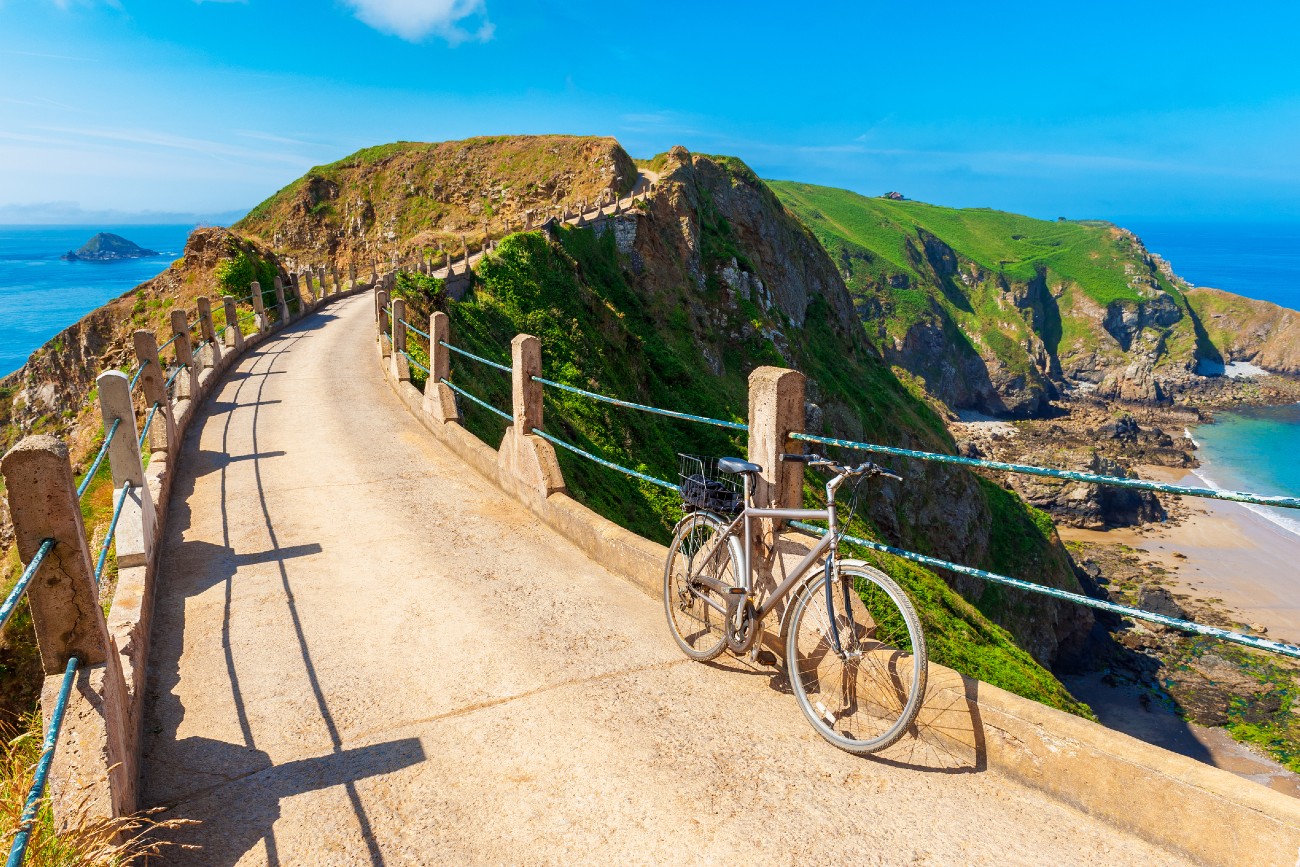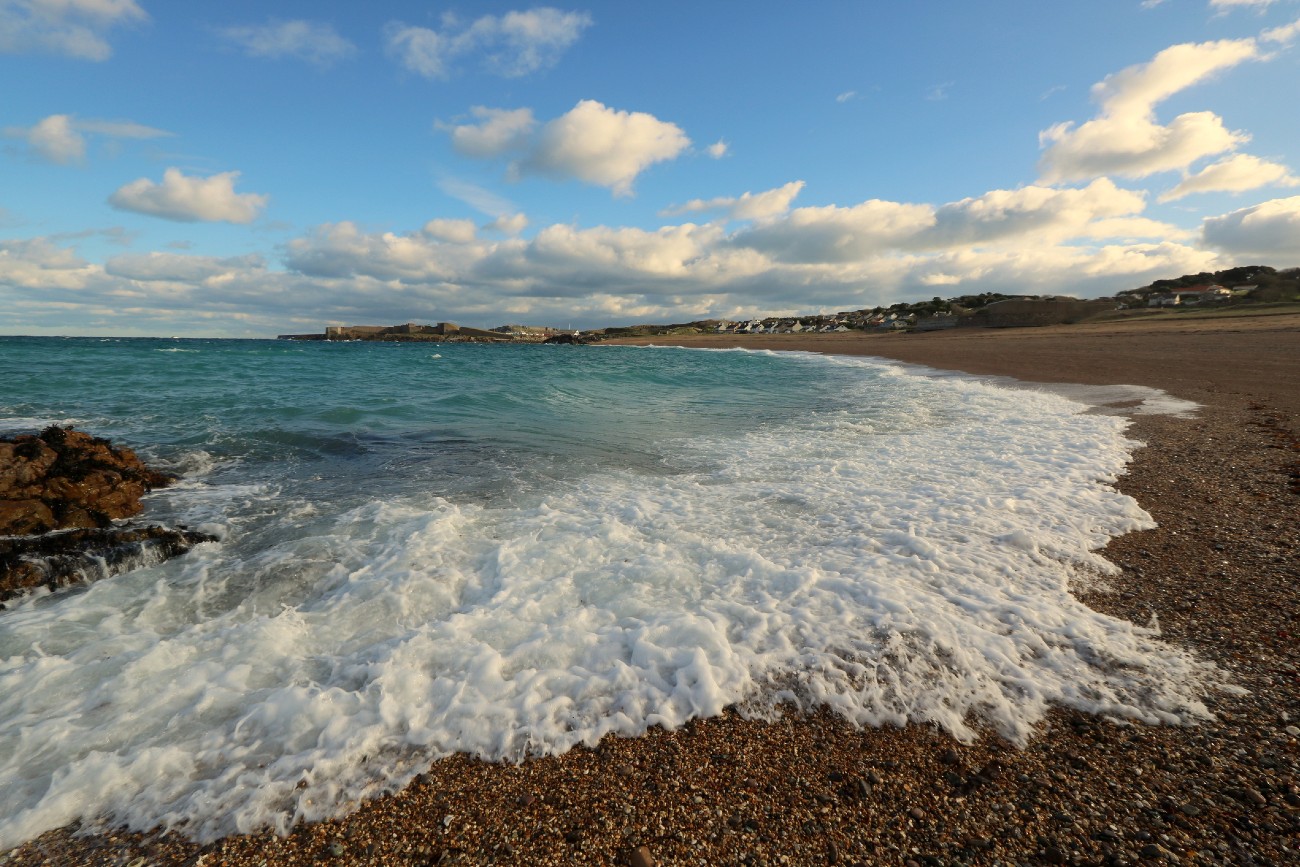
Many parts of the world claim to have history at every turn, but the phrase is perhaps best suited to the Alderney’s North Coast. In June 1940, almost the entire population of the island was evacuated in an effort to escape the advancing German Army.
In the ensuing five-year Nazi occupation of Alderney, the landscape was forever changed and the evidence of what occurred here has been well-preserved over the years. The northern coast path is an extremely popular one for this reason, with all manner of bunkers, batteries and other military defence structures present along the way.
The Bibette Head Trail – the site of the German Stronghold on the island – is particularly interesting, as the fortifications here are set against a backdrop of picturesque heathland. On top of being a paradise for history-lovers, the views here provide some of best seascapes on the island. The heath dominates this part of the coastline and comes alive with wildflowers during the spring, making it a great spot for butterflies. Keep an eye out for the Brown Argus and the Red Admiral in particular. The heath environment is important for birdlife as well, with several pairs of Dartford Warbler breeding in the area.
The north coast is most notable for its coastal forts, with four present in the space of just a few miles. Most date back to the Victorian era, but they were built upon by the German Army during WWII. Fort Albert is the largest example and the building paints an imposing picture as it sits atop the small headland overlooking Braye Beach.
Secluded Bays
The rich history is not the only reason to visit the north coast of Alderney. The coastline here is chequered with bays and beaches, so many in fact that beach-goers often find themselves spoilt for choice. The largest beach in the area is Braye Beach, situated just north of St. Anne. I enjoyed the soft white sand here that makes the beach a favourite among locals and tourists alike, with the curved bay being long enough that the beach is very rarely busy. Braye Beach is perhaps most famous for its breakwater, which stretches out into the ocean and protects the beach from the incoming waves.
The structure is the largest example of a breakwater in the UK and Channel Islands region, and it makes the bay an ideal spot for swimming. I have to admit this is definitely my go to beach when in Alderney.
East of Braye Beach, you can find three more world-beating beaches in the space of just 1.5 miles. Saye Beach has almost everything you could ever want from a beach, with clear waters and white sand which is swept up into lovely sand dunes at the rear of the bay. Both ends of the beach feature rocky areas of land which stretch out into the sea. At low tide, the retreating water reveals an extensive network of rock pools here, forming hundreds of miniature marine habitats in which small creatures reside.
It’s easy to lose track of time exploring these pools, but it’s also a good idea to keep an eye out for wildlife elsewhere on the beach too. Grey Seals can often be spotted bobbing in the water or resting on the rocks, and Oystercatchers love to forage for food near the shoreline.
For visitors seeking some more energetic beach pursuits, Corblets Beach – just around the corner from Saye Beach – has some of the best surf on the island. Surfers and bodyboarders often take the plunge here in search of some great waves, although it is another of Alderney’s beaches which is rarely crowded.
- Common Buzzard at Alderney
- Grey Seal at Alderney
Flying High
There are many coastal species to be found on the north coast of Alderney, but one of the most interesting animals you might spot on a trip here is the Common Buzzard. Sometimes overlooked as a species due to its abundance, the Buzzard is a beautiful bird of prey and can be a majestic sight as it soars above the landscape on the lookout for a meal. While not typically a coastal species, the heathland habitat of northern Alderney is an ideal hunting ground for these raptors, who feed mostly on small birds, mammals and the occasional earthworm.
The Buzzard was once severely persecuted in the UK, with the population declining greatly as a result of poisonings and shootings. For this reason, the species could not be found in the Channel Islands for many years. However, the Buzzard population has since made an incredible comeback as people’s attitudes to the bird have changed. Currently, the species can be found on Alderney year-round, however more birds appear during the summer months as they migrate across the sea from mainland Europe. Listen out for their characteristic ‘kee-yaa’ calls, which often ring out across the landscape.
Alderney’s north coast therefore has a lot to offer the eager visitor. Its combination of historical sites, wonderful scenery and intriguing wildlife is a huge draw for many, only made better by the fact that the area is home to some of the best beaches in the Channel Islands.
If you would like to learn more about other parts of Alderney, don’t miss this article: A Seabird Haven – Western Alderney


